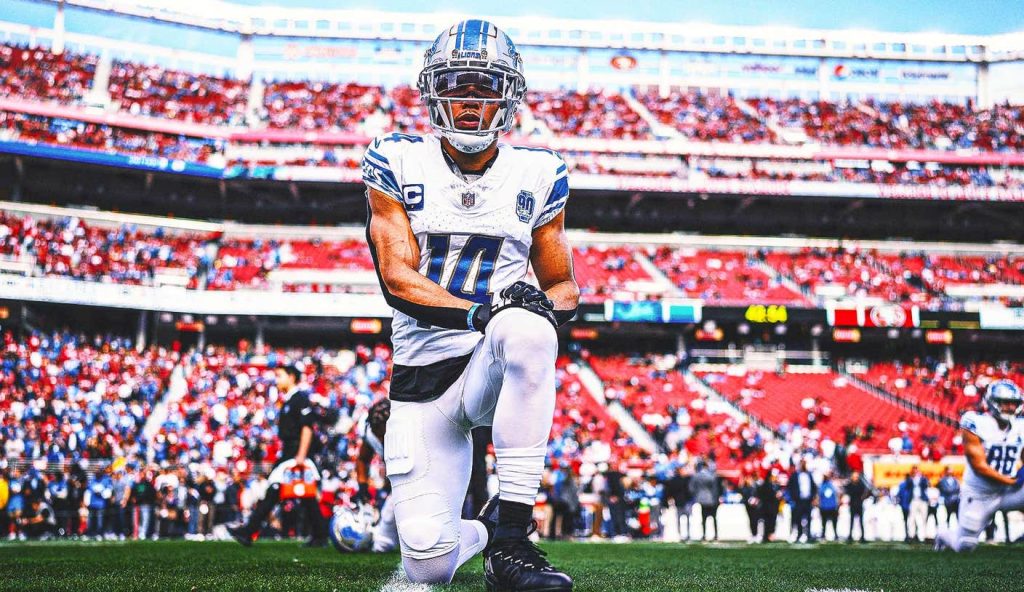Amon-Ra St. Brown, a receiver for the Detroit Lions, recently signed a four-year, $120 million extension, making him the highest-paid receiver in the league. In his three seasons with the Lions, he has amassed impressive statistics, including 3,588 yards, 21 touchdowns, and a 73.4 percent catch rate. St. Brown had a standout year in 2023, earning All-Pro honors and a Pro Bowl nod after recording 1,515 yards and 10 touchdowns. His new contract underscores his importance to the Lions’ offense and solidifies their offensive skill players until at least 2025.
In addition to St. Brown’s record-breaking contract, All-Pro OT Penei Sewell also signed a lucrative four-year, $112 million extension with the Lions. Both extensions reflect the team’s commitment to securing key players for the future. The biggest question mark now revolves around quarterback Jared Goff, who is set to become a free agent after the 2024 season. St. Brown’s contract also has significant implications for the wider receiver market, particularly for players like Justin Jefferson of the Minnesota Vikings, who is entering the last year of his rookie deal in 2024 and seeking to become the highest-paid receiver in the NFL.
Jefferson, who has already earned multiple accolades and Pro Bowl selections, is expected to command a contract well over $30 million, setting the stage for a potential resetting of the wide receiver market. Meanwhile, other top receivers such as CeeDee Lamb of the Dallas Cowboys are also due for new contracts, further contributing to the market’s inflation. While there may be concerns about the ballooning costs of top receiver contracts, teams understand the value of elite pass catchers and are willing to invest in securing their top offensive talents.
As the NFL landscape continues to evolve, with offenses adapting to counter faster and lighter defenses, there may be a shift in priorities towards versatile running backs and tight ends. However, elite receivers like Amon-Ra St. Brown and Justin Jefferson remain essential components of high-powered offenses. While St. Brown’s contract may seem inflated, it reflects the reality of what it takes to retain top performers in the league and underscores the Lions’ commitment to building a competitive team. As teams continue to navigate the complexities of player contracts and salary cap constraints, securing key offensive playmakers remains a top priority in the ever-changing NFL landscape.
Overall, St. Brown’s historic contract extension with the Lions not only positions him as the highest-paid receiver in the league but also sets the stage for a potential reevaluation of the wider receiver market. As top receivers like Justin Jefferson and CeeDee Lamb seek new contracts at record-breaking numbers, teams must navigate the complexities of managing salary cap constraints while investing in key offensive playmakers. The evolution of offensive strategies and player valuations in the NFL presents ongoing challenges and opportunities for teams as they seek to build competitive rosters for the future.


